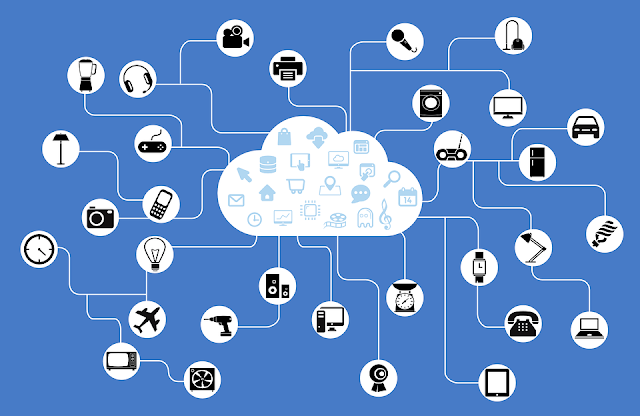Adaptive Access Technologies: A Dynamic Approach to Security and Agility
Adaptive access technologies are gaining traction in the realm of cybersecurity due to their dynamic and intelligent approach to security that can adapt to the ever-changing threat landscape and provide the agility needed for modern business operations. In this blog, we will discuss the benefits of adaptive access technologies, such as Zero Trust security and adaptive multifactor authentication, for improving security posture and enabling organizations to be more agile.
Improved Security with Contextual Awareness
Traditional security solutions have relied on static controls that are often inadequate to keep pace with the rapid evolution of cyber threats. Adaptive access technologies, on the other hand, can dynamically adjust security controls based on contextual factors such as user behavior, device type, location, and time of day. This contextual awareness enables the system to make informed decisions about access requests, allowing for a more flexible and effective security posture.
For example, Zero Trust security assumes that every user and device is untrusted and must be verified before granting access to resources. This approach emphasizes identity and access management (IAM), which allows organizations to control access to sensitive data and applications based on user roles, rather than just device or network location.
Efficient Access Control for Improved Agility
In today's fast-paced business environment, organizations need to be able to quickly adapt to changes in the market, customer needs, and technological advancements. Traditional security solutions can be a roadblock to agility, with their rigid controls and complex processes. Adaptive access technologies, however, can enable organizations to be more nimble by allowing for faster and more efficient access to resources while still maintaining a high level of security.
For example, adaptive multifactor authentication (MFA) uses a combination of factors, such as biometric data, device type, and location, to determine whether to grant access to a user. Adaptive MFA can adjust the level of authentication required based on the user's risk profile, allowing for a more seamless and efficient user experience while still maintaining a high level of security.
Future-proofing against Emerging Threats
As the cyber threat landscape continues to evolve, adaptive access technologies will become even more critical in protecting against new and emerging threats. The ability to adapt to new threats and adjust security controls based on contextual factors will be essential in maintaining a strong security posture.
For example, in the age of remote work, the ability to adjust access controls based on location and device type has become more critical than ever before. Adaptive access technologies can help organizations keep up with these changing trends and stay protected against new and emerging threats.
What can we learn
Adaptive access technologies offer a dynamic and intelligent approach to security that can adapt to the ever-changing threat landscape and provide the agility needed for modern business operations. Zero Trust security and adaptive multifactor authentication are just two examples of these technologies that can improve security posture and provide a better user experience, making them an attractive option for organizations looking to enhance their security and flexibility.
As the cyber threat landscape continues to evolve, adaptive access technologies will become even more critical in protecting against new and emerging threats. Organizations that invest in these technologies will be better positioned to maintain a strong security posture while enabling agility and flexibility.







